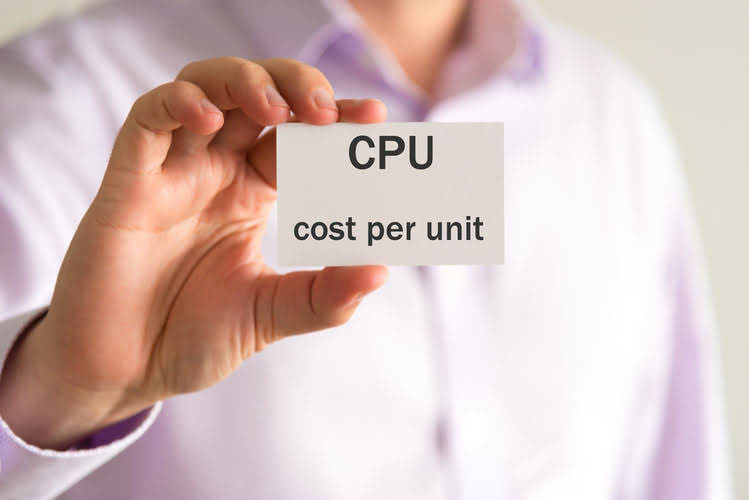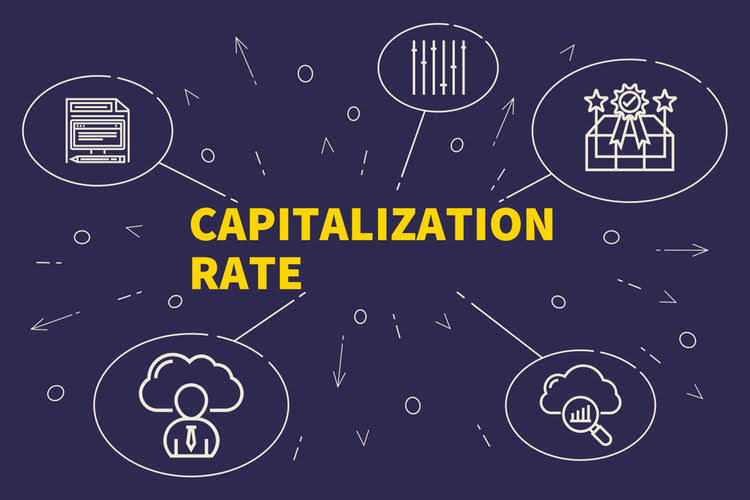Partnership accounts ACCA Qualification Students

In this case, the following entry would be made to admit Partner C. Closing process at the end of the accounting period includes closing of all temporary accounts by making the following entries. Guaranteed payments are those made by a partnership to a partner that are determined without regard to the partnership’s income. Remember that allocating net income does not mean the partners receive cash. Cash is paid to a partner only when it is withdrawn from the partnership. Determine if you want to be in business with the partners, your peers, or even those below you in rank.
The purchase of an existing partner’s ownership by a new partner is a personal transaction that involves the existing partner and the new partner without otherwise affecting the records of the partnership. The only changes that are recorded on the partnership’s books occur in the two partners’ capital accounts. The existing partner’s capital account is debited and, after being created, the new partner’s capital account is credited. When a partnership closes its books for an accounting period, the net profit or loss for the period is summarized in a temporary equity account called the income summary account.
Statements for partnerships
Also, Heim said, “Understand the financial stability of the firm. How is it positioned for the future? Are [leaders] making the decision based on the firm or based on individuals? Ask a lot of questions.” To allocate the $10,000 bonus that each of the old partners will contribute to the new partner, Remi, make the following calculations. This book uses the Creative Commons Attribution-NonCommercial-ShareAlike License and you must attribute OpenStax. They are often easier to set up than LLCs or corporations and do not involve a formal incorporation process through a government.
“But one of the major deciding factors was being able to work with my dad and spend a lot more time with him.” Selvig also said he was facing burnout and missed spending time with colleagues during the pandemic. Leaving, he added, “was a very long, drawn-out, thoughtful process,” particularly since he enjoyed working at his CPA firm. Mann did contract work for the first six months until her business became stable. “But another audit came in at the end of the year, and that gave us enough income to pay bills.” She now manages several employees in each entity, and both are flourishing. He chose to become a partner at Boyum Barenscheer, near Minneapolis, in January 2020 because he wanted to have more of a say in the direction his firm was taking.
Liquidation of a partnership
The purpose of this article is to assist candidates to develop their understanding of the topic of accounting for partnerships. As such, it covers all of the learning outcomes in Section H of the detailed Study Guide for FA2. When a partner retires from the business, the partner’s interest may be purchased directly by one or more of the remaining partners or by an outside party. If the retiring partner’s interest is sold to one of the remaining partners, the retiring partner’s equity is merely transferred to the other partner.

This has the added benefit of not being subject to the same rules and regulations that apply to corporations and LLCs. Depending on what the question is testing, it will either provide the amounts of interest on capital and drawings or give details of how to calculate the amounts. There are a number of ways in which a partnership may be defined, but there are four key elements. The three partners may choose equal proportion reduction instead of equal percentage reduction. Partner A owns 50% interest, Partner B owns 30% interest, and Partner C owns 20% interest.
AccountingTools
The balance is computed after all profits or losses have been allocated in accordance with the partnership agreement, and the books closed. When a partnership is formed or a partner is added and contributes assets other than cash, the partnership establishes the net realizable or fair market value for the assets. An existing valuation reserve account (usually called allowance for doubtful accounts) would not be transferred to the partnership as the partnership would establish its own reserve account. Similarly, any existing accumulated depreciation accounts are not assumed by the partnership.

A partnership treats guaranteed payments for services, or for the use of capital, as if they were made to a person who is not a partner. This treatment is for purposes of determining gross income and deductible business expenses only. The partnership agreement may specify that partners should parnership accounting be compensated for services they provide to the partnership and for capital invested by partners. The mere right to share in earnings and profits is not a capital interest in the partnership. This determination generally is made at the time of receipt of the partnership interest.

